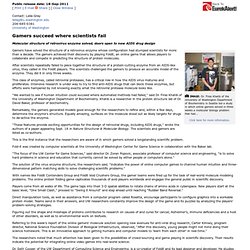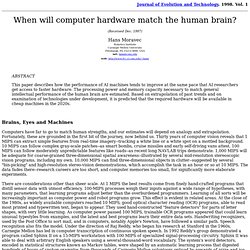

Japanese breakthrough will make wind power cheaper than nuclear. NOTE: Some major wind projects like the proposed TWE Carbon Valley project in Wyoming are already pricing in significantly lower than coal power -- $80 per MWh for wind versus $90 per MWh for coal -- and that is without government subsidies using today's wind turbine technology.

The International Clean Energy Analysis (ICEA) gateway estimates that the U.S. possesses 2.2 million km2 of high wind potential (Class 3-7 winds) — about 850,000 square miles of land that could yield high levels of wind energy. This makes the U.S. something of a Saudi Arabia for wind energy, ranked third in the world for total wind energy potential. The United States uses about 26.6 billion MWh's, so at the above rate we could satisfy a full one-third of our total annual energy needs. Now what if a breakthrough came along that potentially tripled the energy output of those turbines? You see where I'm going. Well, such a breakthrough has been made, and it's called the "wind lens.
" Editor's note: Want more info? Gamers succeed where scientists fail. Public release date: 18-Sep-2011 [ Print | E-mail Share ] [ Close Window ] Contact: Leila Grayleilag@u.washington.edu 206-685-0381University of Washington Gamers have solved the structure of a retrovirus enzyme whose configuration had stumped scientists for more than a decade.

The gamers achieved their discovery by playing Foldit, an online game that allows players to collaborate and compete in predicting the structure of protein molecules. After scientists repeatedly failed to piece together the structure of a protein-cutting enzyme from an AIDS-like virus, they called in the Foldit players. This class of enzymes, called retroviral proteases, has a critical role in how the AIDS virus matures and proliferates. "We wanted to see if human intuition could succeed where automated methods had failed," said Dr. Remarkably, the gamers generated models good enough for the researchers to refine and, within a few days, determine the enzyme's structure. Players come from all walks of life.
When will computer hardware match the human brain? by Hans Moravec. Journal of Evolution and Technology. 1998.

Vol. 1 When will computer hardware match the human brain? (Received Dec. 1997) Hans Moravec ABSTRACT This paper describes how the performance of AI machines tends to improve at the same pace that AI researchers get access to faster hardware. Brains, Eyes and Machines Computers have far to go to match human strengths, and our estimates will depend on analogy and extrapolation. There are considerations other than sheer scale. More computer power is needed to reach human performance, but how much? The retina is a transparent, paper-thin layer of nerve tissue at the back of the eyeball on which the eye's lens projects an image of the world. It takes robot vision programs about 100 computer instructions to derive single edge or motion detections from comparable video images. 100 million instructions are needed to do a million detections, and 1,000 MIPS to repeat them ten times per second to match the retina.
Free Energy!! The $400 Billion Dollar Secret. Water Fuel-Cell Inventor Murdered by Government. Salt Water Fuel and a Cancer Cure by accident. A Motorcycle that runs on PURE Water. Motorcycle working with water.HHO. The dolphin jetpack that lets you swim like one. World's first manned flight with an electric multicopter. Worlds smallest One-man Helicopter GEN H-4 by ADEYTO.
Home Built Personal Helicopter Takes Flight For First Time. Go Fast Jet Pack @ Spaceship House Patio. Here Are All 56 Finalists In Our 2012 Innovation By Design Awards. Design isn’t the gloss applied at the end of the innovation process.

Design is the innovation process itself. It begins with a keen insight into how people live and what they need; ideally, it ends with a product or service that’s so intuitive that it seems inevitable. It’s in that spirit that we present our first Innovation By Design Awards. The 56 finalists you see here were culled from the over 1,700 entries we received.
(Each was released in some form over the last year.) Culling this group wasn’t easy. And as you dip into the projects that follow, we hope you’ll be as inspired as we were. Transportation The finalists range from an electric bike by Ideo to the new Ford Fusion. Consumer Products Many of the finalists suggest entirely new sorts of product ecosystems, such as the BioLite CampStove and the Nike+ Fuelband. 2-D Design Our judging panel leaned heavily away from traditional branding and 2-D design, and put a focus on disruptive innovations in data visualization. Service Design. The Future is Ours. Our Technical Reality. The Skin Gun. Innovating Repairs.